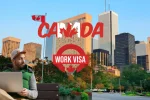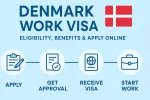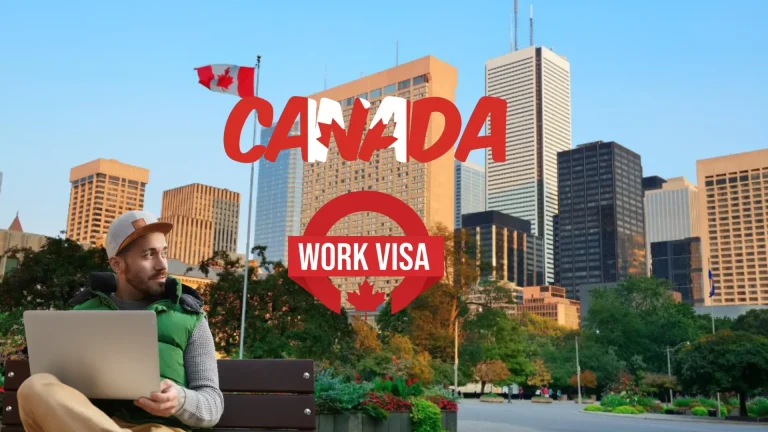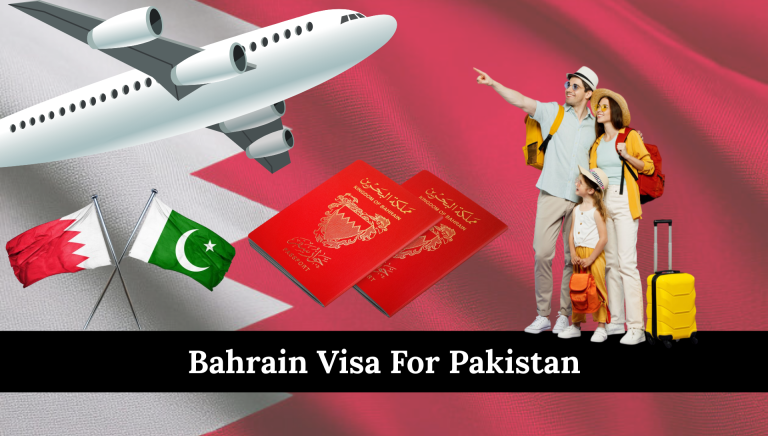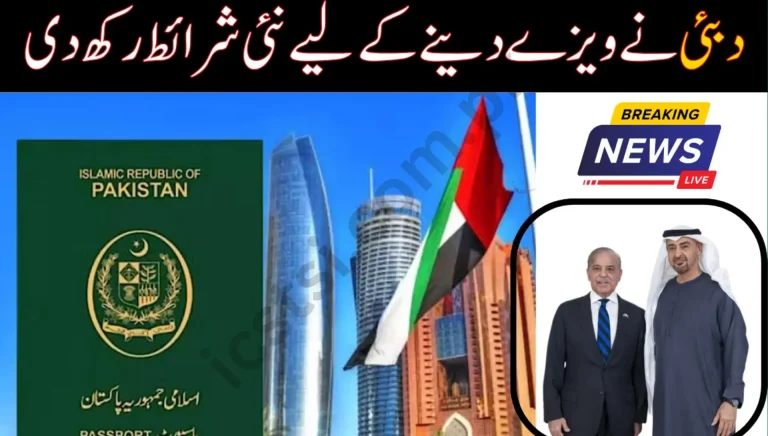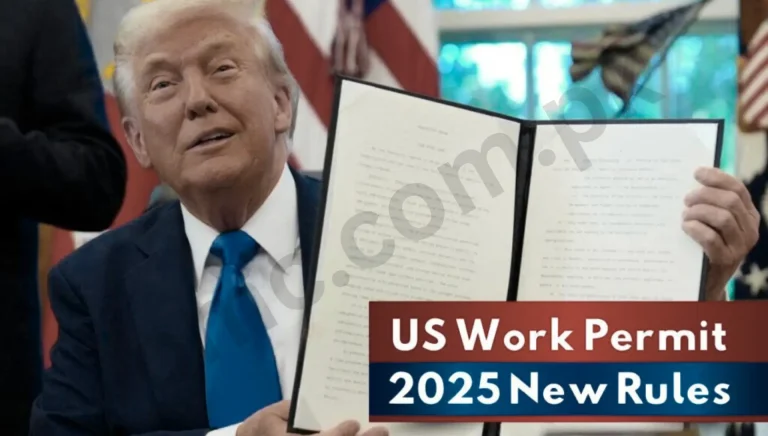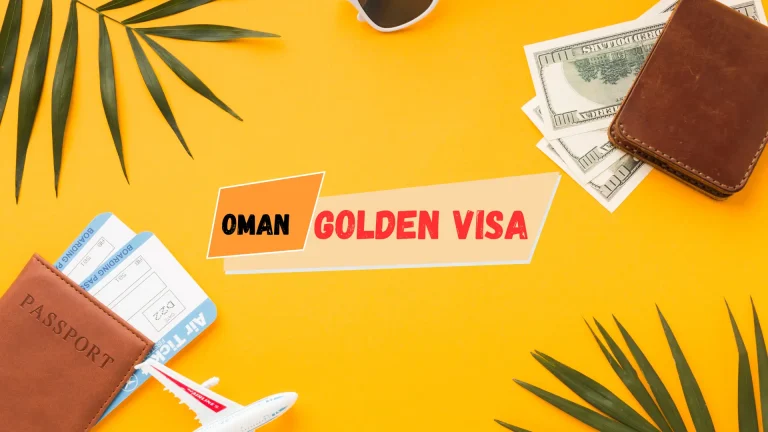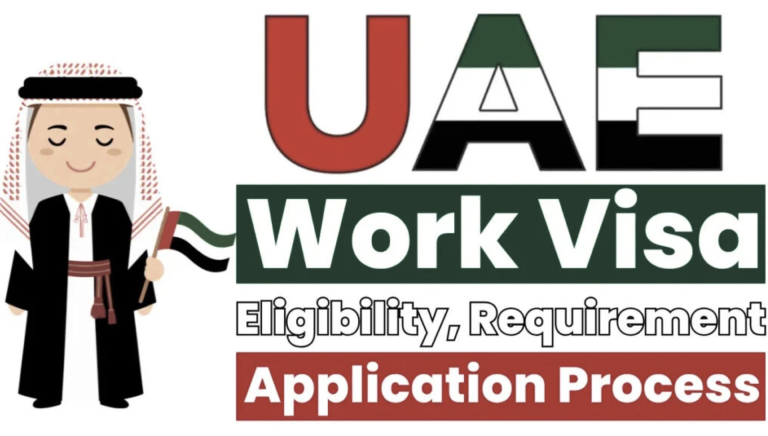USA Work Visa 2025: New Rule Changes, Eligibility Criteria & How to Apply
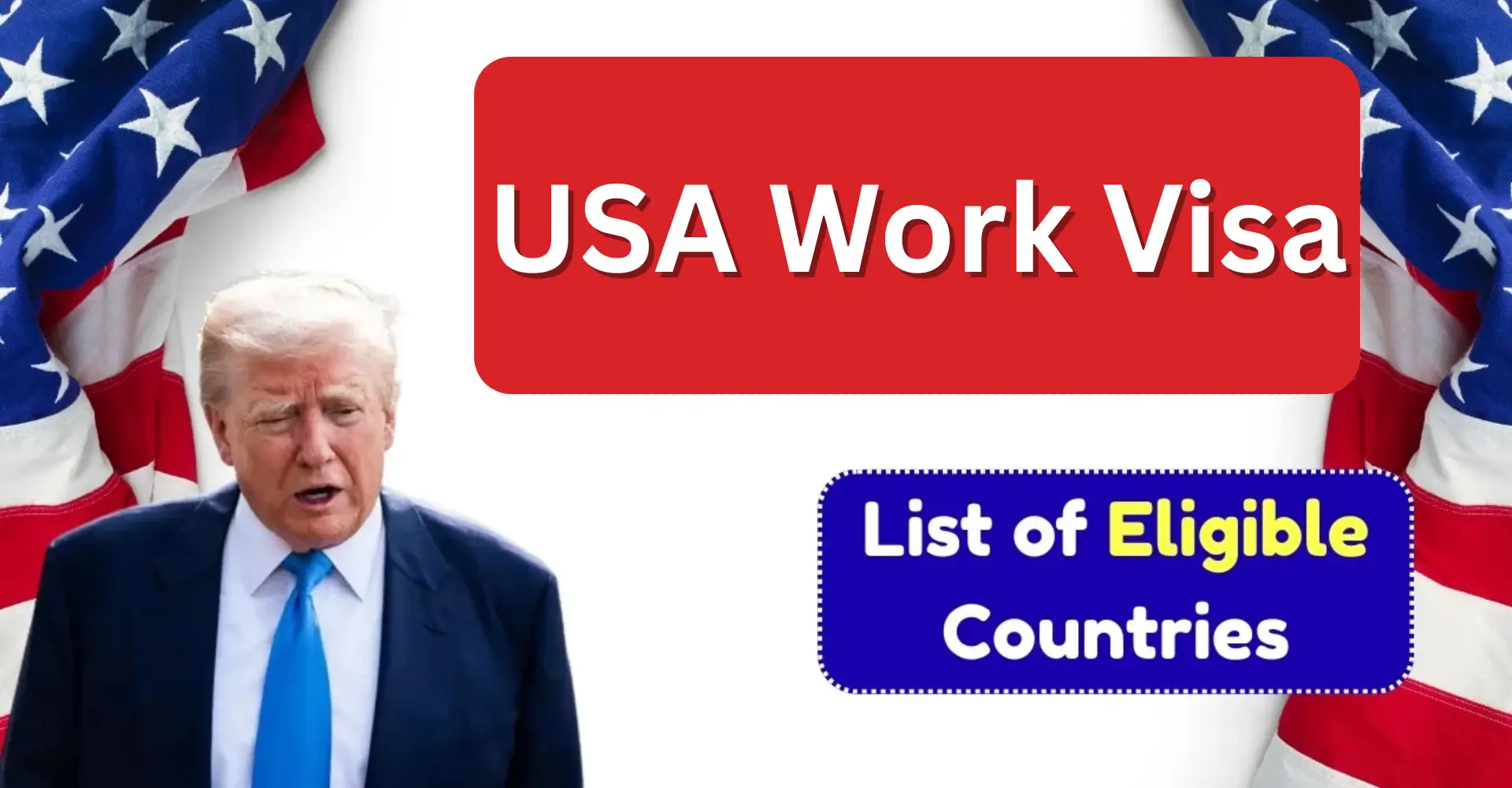
USA Work Visa 2025: New Rule Changes, Eligibility Criteria & How to Apply. If you’re wondering how to get a U.S. work visa 2025, the process has changed. Here’s a quick answer: you need a job offer from a U.S. employer who will petition for you, and then you apply with the required documents and attend the visa interview. In 2025, new rules have made things more selective but if you understand them, you can still navigate successfully.
What’s New in the USA Work Visa Rules 2025
In 2025, there are several important updates for work visas in the United States. These changes affect both the non-immigrant (temporary) work visas and pathways leading to permanent employment.
Major rule changes you must know
- From September 21, 2025, any new petition for a H‑1B visa filed for a worker outside the U.S. must include a one-time or annual supplemental fee of US $100,000.
- The cap-gap protections and registration rules for H-1B have changed: the registration period for FY 26 opened March 7 2025 and closed March 24.
- The lottery system under H-1B is shifting: the selection is moving towards “beneficiary-centric” rather than employer-centric.
- Eligibility expansions: Certain startup founders and self-sponsored roles now fit under H-1B if conditions are met.
- The U.S. Department of State is updating interview waiver categories: starting September 2 2025, many nonimmigrant visa applicants will require in-person interviews.
Why these changes matter
These updates are reshaping how foreign nationals apply for U.S. employment-based visas:
- Employers face far higher costs and stricter compliance.
- Applicants may encounter fewer spots, tougher scrutiny, and higher wage thresholds.
- For those planning long-term (immigrant work visas), the changes may impact timing, priority, and strategy.
Eligibility Criteria for a USA Work Visa in 2025
Understanding eligibility is key to preparing a strong application. Here’s a breakdown.
Basic requirements for non-immigrant work visas
You must meet these foundational criteria:
- Obtain a valid job offer from a U.S. employer willing to sponsor you.
- Employer must file the appropriate petition (for example, Form I-129 for H-1B) with the U.S. Citizenship and Immigration Services (USCIS).
- Demonstrate you qualify for the visa category: education, experience, specialty field, etc.
- Provide required documents in the interview: valid passport, job-offer letter, employer petition approval, academic credentials, etc.
- Attend the consular interview and receive visa issuance, then travel and begin employment.
Eligibility criteria – immigrant work visas (permanent)
For those aiming for permanent employment-based status (a “green card” path), the criteria include:
- Employer must typically file a petition (such as Form I-140) for you.
- Some categories require labour certification (from the U.S. Department of Labor) showing no qualified U.S. worker is available for the role.
- You must maintain legal status, meet health and character requirements, and wait until your “priority date” becomes current per the Visa Bulletin.
Work visa categories – quick comparison
| Category | Type | Typical use case |
|---|---|---|
| H-1B | Temporary, non-immigrant | Specialty occupations (engineering, IT) |
| H-2A / H-2B | Temporary, non-immigrant | Seasonal agricultural (H-2A) / non-agricultural (H-2B) work |
| EB-1, EB-2, EB-3 | Immigrant (work-based) | Permanent jobs, advanced degrees, extraordinary ability |
How to Apply for a U.S. Work Visa in 2025 – Step by Step
Here’s the process you should follow, adapted to the 2025 changes.
Step 1 – Secure a job offer from a U.S. employer
Your first and critical step is finding a U.S. employer who is willing to sponsor you and file the petition. Without this, you cannot proceed.
Step 2 – Employer files petition with USCIS
- Employer submits Form I-129 (for H-1B or other non-immigrant work) or Form I-140 (for immigrant work) as appropriate.
- Ensure all required supporting documentation is included.
- Be aware: for H-1B petitions filed after Sept 21 2025 for workers outside the U.S., the $100,000 fee is required.
Step 3 – Wait for petition approval & gather your documents
Once the petition is approved by USCIS, you must prepare the visa application:
- Valid passport.
- Job-offer letter and employer petition approval.
- Academic credentials, certifications, work experience.
- Passport-size photo and other forms (depending on category).
- DS-160 form for non-immigrant visas.
Step 4 – Complete online visa application and schedule interview
- Non-immigrant category: complete DS-160 online.
- Pay visa application fee.
- Schedule appointment at the U.S. embassy or consulate in your home country.
- Note: from Sept 2 2025 the interview waiver eligibility has been narrowed.
Step 5 – Attend interview and await decision
- At your interview the consular officer reviews your eligibility, documentation, and employer petition.
- Once approved, you receive the visa stamp and can travel to the U.S.
- For work-based immigrant visas (green cards), you will either receive a visa abroad or adjust status in the U.S. once your priority date is current.
H3: Step 6 – Work in the U.S. & maintain status
- On arrival, begin employment as described in your visa petition.
- Comply with the terms of your visa (e.g., job category, employer, location).
- For immigrant work visas, monitor priority-date movement and file required forms when eligible.
Key 2025 Strategic Tips & Pitfalls to Avoid
To boost your chances and avoid common errors, here are some smart strategies and warning signs.
Strategic tips
- Start early: Given new stricter rules and fees (especially for H-1B), early employer engagement and preparation matter.
- Choose the right visa category: If your goal is permanent work and residence, explore immigrant work visas (EB categories) rather than only non-immigrant ones.
- Stay in legal status: Avoid any gaps in your employment authorization or visa status; that can derail your process.
- Employer compliance matters: Errors in the employer petition or wage/labour certification may cause delays or denials, especially under the enhanced scrutiny of 2025.
- Follow travel guidance: Given new entry/fee rules for H-1B workers currently abroad, avoid unexpected travel disruptions.
Pitfalls to avoid
- Assuming older rules still apply: the $100,000 fee for new H-1B petitions after September 21 is real.
- Overlooking the employer’s obligations: record-keeping, wage compliance, job description—all matter.
- Relying on interview waiver eligibility without checking updated rules (Sept 2 change).
- Failing to monitor visa bulletin priority dates for immigrant work-based visas.
FAQ
Q1: What is a USA work visa in 2025?
A: A “USA work visa 2025” refers to the employment-based visa categories allowing foreign nationals to work in the U.S. — including temporary non-immigrant (e.g., H-1B) and permanent immigrant (e.g., EB-2) routes. In 2025, significant rule changes apply.
Q2: What main work visa categories are there for the U.S.?
A: The two broad types are:
- Temporary, non-immigrant work visas (such as H-1B, H-2A, H-2B).
- Permanent, employment-based immigrant visas (such as EB-1, EB-2, EB-3).
See earlier section for details.
Q3: What are the eligibility criteria for a U.S. work visa in 2025?
A: You need a valid job-offer, employer petition, documentation of qualifications, and adherence to new 2025 rules (e.g., fee for H-1B). For immigrant work visas, you also need employer sponsorship or self-sponsorship in some cases and must wait for priority date when required.
Q4: How do I apply for a U.S. work visa in 2025?
A: The application steps: secure an offer → employer files petition → gather documents → fill visa application (e.g., DS-160) → schedule and attend interview → once approved, travel to the U.S. See detailed step-by-step section above.
Q5: What are the major changes to the U.S. work visa rules in 2025?
A: Key changes include the $100,000 fee for new H-1B petitions filed after Sept 21, a shift toward beneficiary-centric lottery for H-1B, expanded eligibility for some startup founders, and changes to interview waiver rules. See section “What’s New” above.
Conclusion
In summary, navigating the USA work visa in 2025 requires sharp awareness of the updated rule changes, clear understanding of eligibility criteria, and a methodical application process. From securing the job offer to handling new employer-petition fees, the landscape is more demanding but still accessible. Begin early, prepare thoroughly, and monitor your status closely.






